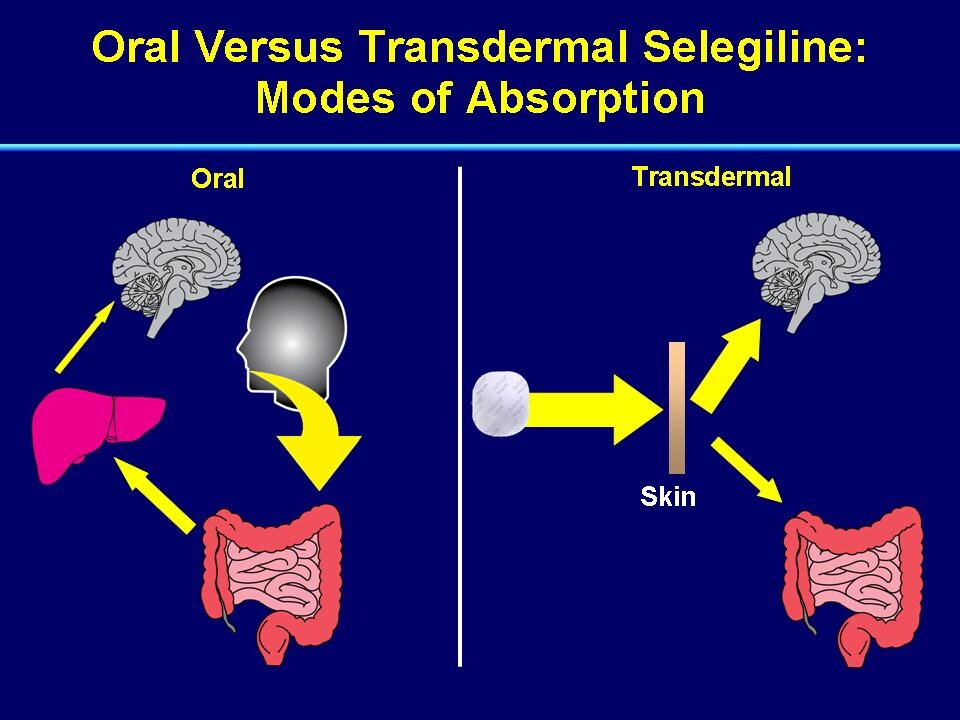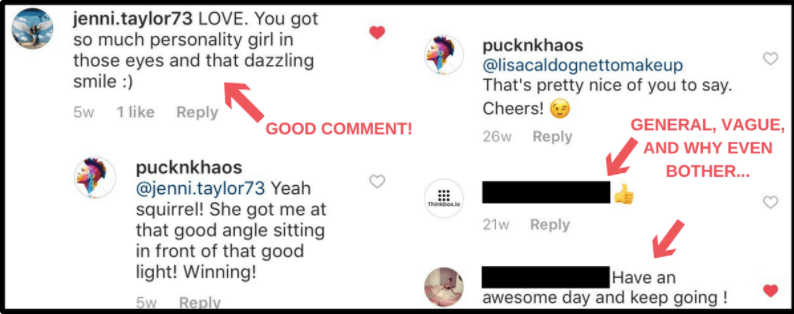Study Campion College Cape Biology Unit 2 flashcards and notes. Conquer your course and sign up for free today! CXC CAPE Biology The CXC/CAPE Biology programme is the most widely utilized A-level curriculum in the Caribbean. It consists of two units:- Unit 1 and Unit 2 Each Unit consists of three Modules.
Atlantic Coast Network
black circles represent first response kits;
white squares represent full rescue caches

To report any live or dead marine animal entanglements, call 1-800-900-3622 or hail the USCG on VHF 16.
The Disentanglement Network’s first response teams are located at strategic sites, such as feeding and calving grounds and/or areas historically known to have entanglements, along the east coast of the United States and Canadian Maritimes. Members have extensive field experience with whales and small boat handling. This includes individuals and organizations that frequent the waters where entanglements might occur, have knowledge of the gear these animals become entangled in and/or have capabilities to report monitor, and document entangled whales, as well as, assist in their rescue.
As such the Disentanglement Network represents a partnership of federal agencies such as U.S. National Marine Fisheries Service (NMFS) – authorizing agency in US waters, Canadian Division of Fisheries and Oceans (CDFO) – authorizing agency in Canadian waters, Stellwagen Bank National Marine Sanctuary and the US and Canadian Coast Guards (USCG & CCG). State agencies, such as the Division of Marine Fisheries, Department of Natural Resources, and Marine Police of such states as Massachusetts (MA), Georgia (GA), Florida (FL), and Maine (ME). Cetacean research organizations such as the Center for Coastal Studies (CCS) – coordinator of the network, New England Aquarium (NEA), East Coast Ecosystems (ECE), Virginia Marine Science Museum (VMSM), University of North Carolina, Duke University and individual fishermen and their associations, like the Atlantic Fish Spotters Association (AFSA). Together these organizations and individuals increase our capability and scope to rescue these animals.
When a whale is reported entangled, “First Responders” quickly get to the site, monitor and standby the animal until the primary rescue team arrives or if possible, free the animal. However, if the weather is not conducive to a disentanglement, resources are not available or the disentanglement is a difficult one, then the First Responders may attach a satellite/ VHF tag beacon to the entangled gear. This allows us to track the animal until the conditions change, or the primary team based at CCS is able to assist in the effort.
To assist first responders and facilitate rapid response of the primary team, caches of special disentanglement equipment are located along the east coast of the US and Canada in these same strategic sites.
Funding for the equipment, training and other support has been provided by NMFS, the Massachusetts Environmental Trust (MET), CCS, International Fund for Animal Welfare, Island Foundation, North Carolina Sea Grant, the Canadian Department of Fisheries and Oceans, Born Free Foundation, and public donations.
Bay of Fundy: NEAq, ECE, CCS/USCG, CCG/DFO

Coastal Maine: CCS/USCG, Fishers, ME
About Me Cape Biology Journal

Cape Cod Region: CCS/USCG, MA, SBNMS
Offshore: CCS/USCG-ASCC, AFSA
Mid-Atlantic Region: CCS/USCG, Fishers, VMSM,
Duke University, UNC
Southeast Region: NEAq, GA & FL, CCS/USCG

About Medscape Biology Journal
The Atlantic Large Whale Disentanglement Network operates under federal authority of the National Marine Fisheries Service and receives major support from the National Fish and Wildlife Foundation and the Northeast Consortium.